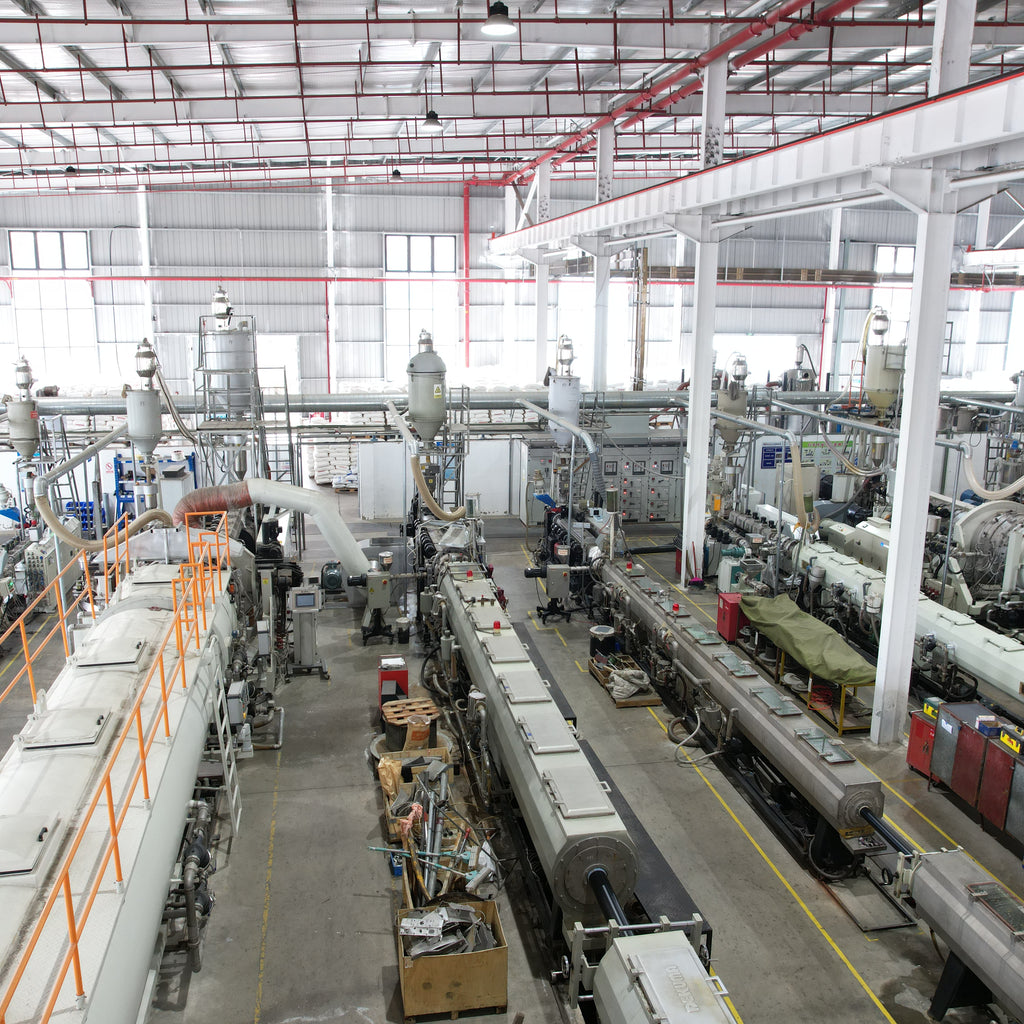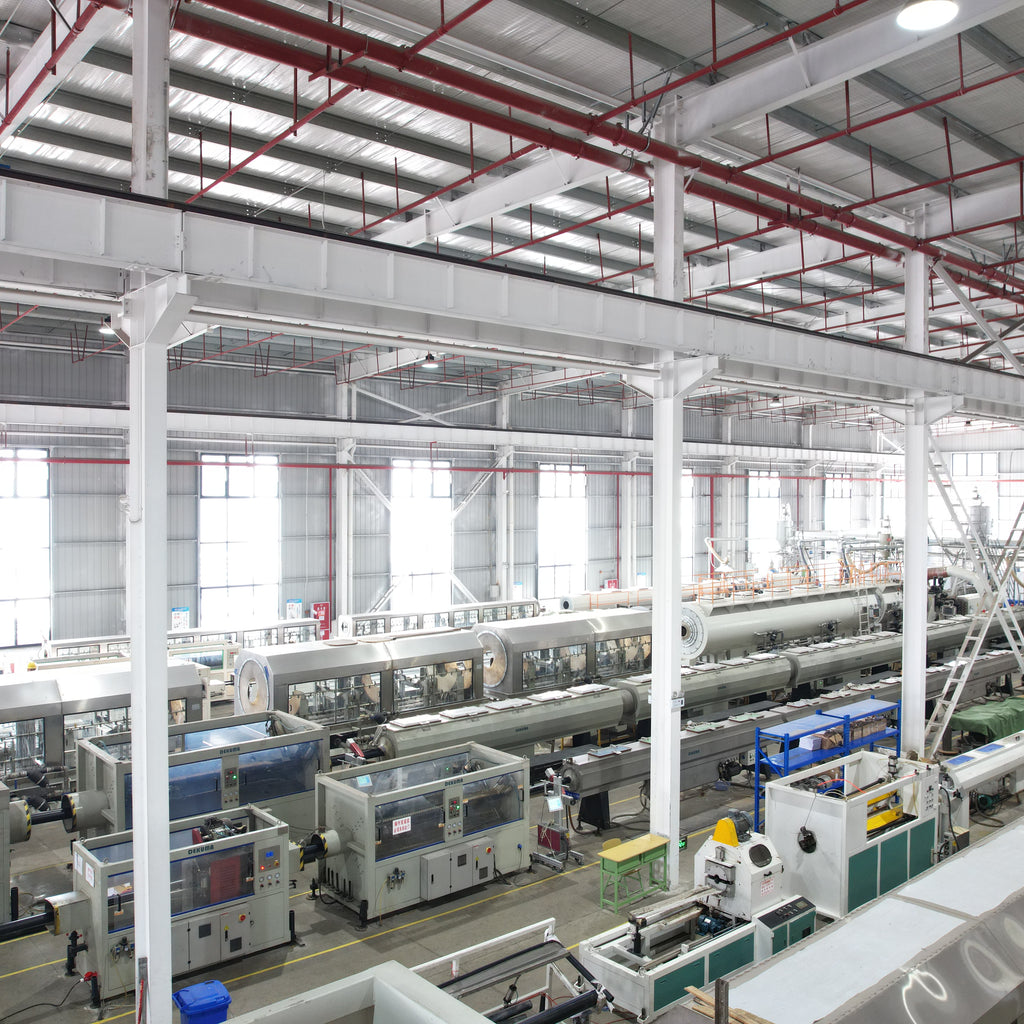Global Pipeline Industry: Recent Developments and Breakthroughs
North America: Amidst Expansion and Regulatory Scrutiny
In the United States, pipeline infrastructure continues to be a focal point. The Matterhorn Express Pipeline in the Permian Basin, a significant 580 - mile venture, has recently commenced operations. This new addition to the region's pipeline network is set to alleviate bottlenecks in natural gas transportation. With its substantial capacity, it can efficiently funnel large volumes of natural gas from the shale - rich West Texas to the Gulf Coast export hubs. This not only optimizes the shale gas output but also bolsters the region's competitiveness in the global energy market, meeting the growing domestic and international demand for natural gas.
However, the pipeline industry in the US is not without its regulatory challenges. Kinder Morgan faced a major setback when a U.S. federal appeals court put a halt to its natural gas pipeline project in Tennessee. The court's decision, grounded in environmental and regulatory concerns, highlights the complex and often arduous legal landscape that pipeline operators must navigate. Such regulatory roadblocks can lead to substantial delays and escalated costs for projects, potentially disrupting the energy supply chain and investment plans.
Canada, on the other hand, is making steady progress with its Trans Mountain Expansion Project. Currently 80% complete, this project aims to triple the capacity of transporting crude oil from Alberta's oil sands to the West Coast. Once fully operational, it will open up new avenues for Canadian oil exports to Asia, diversifying Canada's energy markets and reducing its over - reliance on the traditional U.S. market. This expansion is crucial for Canada to maintain its position as a key global energy exporter.
Asia: Pushing Forward with Ambitious Projects
In China, two major pipeline projects are underway. The Jilin Petrochemical - Jilin Oilfield Carbon Dioxide Pipeline Project (Phase I) has been launched in Songyuan City, Jilin Province. This will be the largest and longest supercritical/dense - phase carbon dioxide pipeline in the country. Spanning nearly 400 kilometers, it is planned to be constructed in two phases. The first phase, covering 282.26 kilometers, is designed to transport 3.3 million tons of carbon dioxide per year. This initiative is a significant step towards achieving China's "dual - carbon" goals. By integrating the carbon capture, transportation, enhanced oil recovery, and storage (CCUS) capabilities of local enterprises, it aims to strike a "win - win" situation of carbon reduction and increased oil production.
In addition, the expansion of the natural gas pipeline network is also in full swing. The China - Russia Eastern Gas Pipeline, already operational, is seeing further developments. Meanwhile, new domestic pipelines like the proposed Changchun - Shijiazhuang Gas Pipeline are in the planning and development stages. These pipelines are essential for meeting China's burgeoning energy demand, especially for clean energy sources such as natural gas.
In India, the Pradhan Mantri Urja Ganga project, a 2,655 - kilometer gas pipeline network, is on track to be completed by the end of this year. Once finished, it will connect the eastern states of India to the national gas grid, bringing clean energy to millions of households and industries. This project is a crucial part of India's plan to increase the share of natural gas in its energy mix from the current 6% to 15% by 2030.
Europe: Caught in Geopolitical Crosswinds and Green Energy Drive
Europe's pipeline sector is in a state of flux. The Nord Stream 2 pipeline, which was intended to double the amount of Russian gas flowing directly to Germany under the Baltic Sea, remains in an uncertain state. Due to geopolitical tensions between Russia and Ukraine and subsequent EU sanctions on Russia, Germany has suspended the certification process. This has left billions of dollars of investment in limbo and has forced European countries to scramble for alternative gas supply sources.
Amid these challenges, Europe is also making significant headway in the development of hydrogen pipelines as part of its green energy transition. The HyUnder project in the Netherlands, a collaboration between major energy companies, is on track to build a 100 - kilometer hydrogen pipeline network by 2026. This initiative is vital for the large - scale adoption of hydrogen as a clean energy carrier, especially in the industrial and transportation sectors, as Europe strives to reduce its carbon footprint and meet its ambitious climate goals.
Africa: Balancing Development and Security
In Nigeria, the Nigerian National Petroleum Company Limited (NNPCL) has announced a $1.2 billion investment in the rehabilitation and expansion of the Trans - Saharan Gas Pipeline. This project aims to transport natural gas from Nigeria to Algeria, with potential extensions to Europe. However, pipeline vandalism and illegal refining activities pose significant threats to the project. To counter these challenges, the government has deployed a specialized task force to safeguard the infrastructure. The successful implementation of this project could transform Nigeria into a major gas exporter in Africa, bringing economic benefits and enhancing energy security in the region.
In Mozambique, the Rovuma LNG project has reached a critical milestone with the commencement of onshore pipeline construction. The 42 - inch pipeline, spanning over 400 kilometers, will connect the offshore gas fields to the processing plant. Backed by international energy giants such as ExxonMobil and Eni, this project is set to make Mozambique a significant player in the global LNG market, with exports expected to start by 2027.
Technological Advancements and Regulatory Changes
The pipeline industry globally is witnessing remarkable technological advancements. Advanced drones and sensors are being increasingly used for pipeline inspection. These tools can detect leaks and structural issues with greater accuracy and speed compared to traditional methods. In terms of pipeline materials, new corrosion - resistant and high - strength materials are being developed, which can extend the lifespan of pipelines and cut down maintenance costs.
Regulation also remains a key aspect. The U.S. Department of Transportation's Pipeline and Hazardous Materials Safety Administration (PHMSA) has increased grant funds to support state pipeline and underground gas storage safety programs. This funding will be used to enhance safety measures, conduct inspections, and upgrade aging infrastructure, ensuring the safe operation of pipelines across the country.
In conclusion, the global pipeline industry is at a crossroads, with new projects, technological breakthroughs, and regulatory changes all shaping its future. As countries strive to meet their energy demands while also addressing environmental concerns, the pipeline infrastructure will play a crucial role in ensuring a reliable and sustainable energy supply.
Sample Block Quote
Nam tempus turpis at metus scelerisque placerat nulla deumantos sollicitudin delos felis. Pellentesque diam dolor an elementum et lobortis at mollis ut risus. Curabitur semper sagittis mino de condimentum.
Sample Paragraph Text
Lorem ipsum dolor sit amet, consectetur adipiscing elit. Morbi ut blandit risus. Donec mollis nec tellus et rutrum. Orci varius natoque de penatibus et magnis dis parturient montes, nascetur ridiculus mus. Ut consequat quam a purus faucibus scelerisque. Mauris ac dui ante. Pellentesque congue porttitor tempus. Donec sodales dapibus urna sed dictum.



